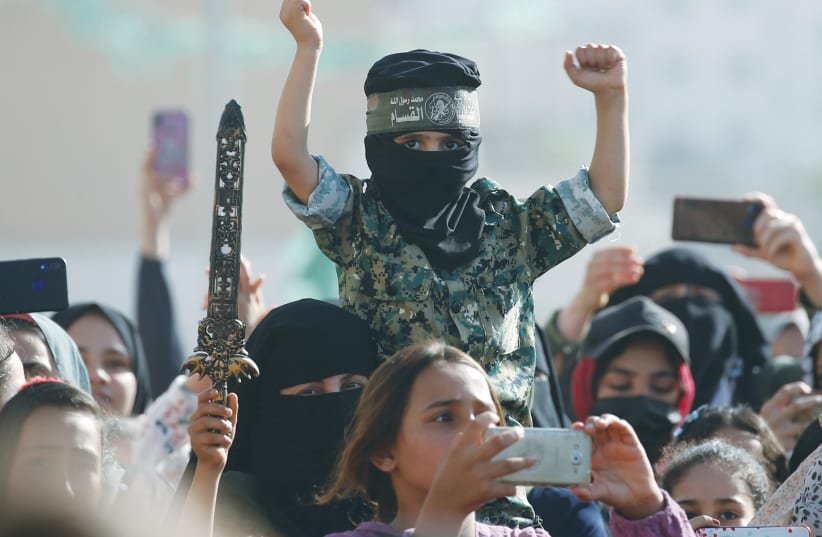Sneh is a person with a wealth of knowledge and experience, but in his article, he seems to have neglected both. Having commanded the security zone in southern Lebanon, one can imagine he has not forgotten the State of Israel’s attempt to reach agreements in Lebanon with seemingly moderate elements, which resulted in the destruction of Lebanon, its “capture” by the Syrians and later Hezbollah, a continued IDF presence in the security zone and the Second Lebanon War.
Being deputy defense minister in two former governments and a member of the Foreign Affairs and Defense Committee for four terms, he surely recognizes that it is not just Qatar but also Turkey and Iran at play, especially with Hamas. How does he ignore the influence of the Iranians, who are stirring up our region and investing their energy, money and ammunition in supporting terror?
Anyone who has held a number of senior positions and is familiar with the situation, culture and language of the Middle East, such as Sneh, who served as head of the Civil Administration in Judea and Samaria understands that there is no real expectation that “Hamas rule will be nonviolently replaced by a new subordinate to Ramallah” unless the central government in Ramallah is controlled by Hamas itself, which the Palestinian Authority has refrained from allowing for years, including the recent cancellation of elections in its territory. Is Sneh suggesting Islamic Jihad or members of other terror organizations as an alternative leadership? Are these in his view, democratic organizations that sanctify human rights, tolerance and brotherhood?
I am sure that Sneh remembers the reasons and circumstances that led to Hamas’s takeover of the Gaza Strip between June 12 and 14, 2007, less than three years after the end of the Israeli unilateral disengagement from the Gaza Strip and the expulsion of Gush Katif Jews from their homes. Is it now a different situation, in which the Arab leaders in the Palestinian Authority and the Arab leaders in the Gaza Strip are able to communicate with each other, rather than eliminate each other through murderous means?
Throughout his military service and his many senior positions in the Knesset, he must be aware that despite the damage dealt to its leaders, people and infrastructure, the Hamas movement has shown impressive survivability, and as the political process with Israel has failed, so has the proportion of its supporters. Lastly, surely Sneh is aware that Hamas was not weakened as he claims but strengthened in the eyes of the Arab public in Judea and Samaria and even in Jerusalem, as their acts of defiance united Israeli Arabs, the Palestinians in the West Bank, and even in Lebanon in solidarity.
In short, the assumptions underlying the proposal outlined by Sneh in his opinion piece are nice in theory but fundamentally null and void and can be considered another dream or vision waiting for the end of days when a wolf with a sheep and a goat with a tiger will lie down together in peace.
The writer is a strategic consultant and a member of the IDSF/Habithonistim movement.
